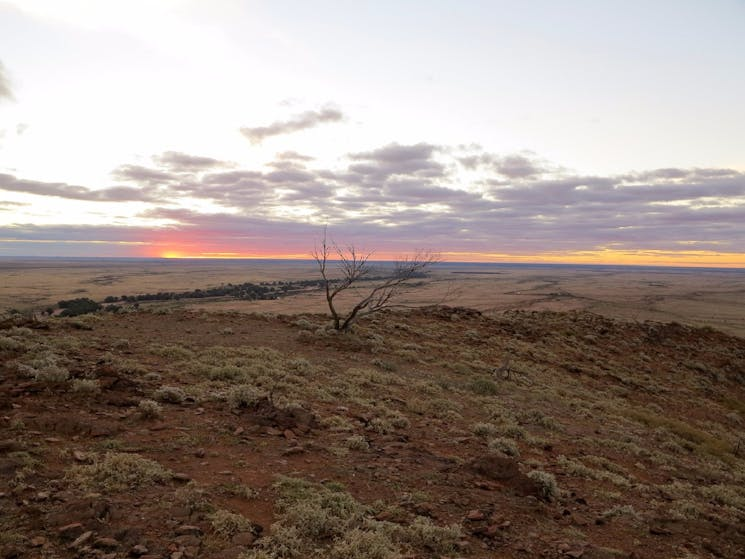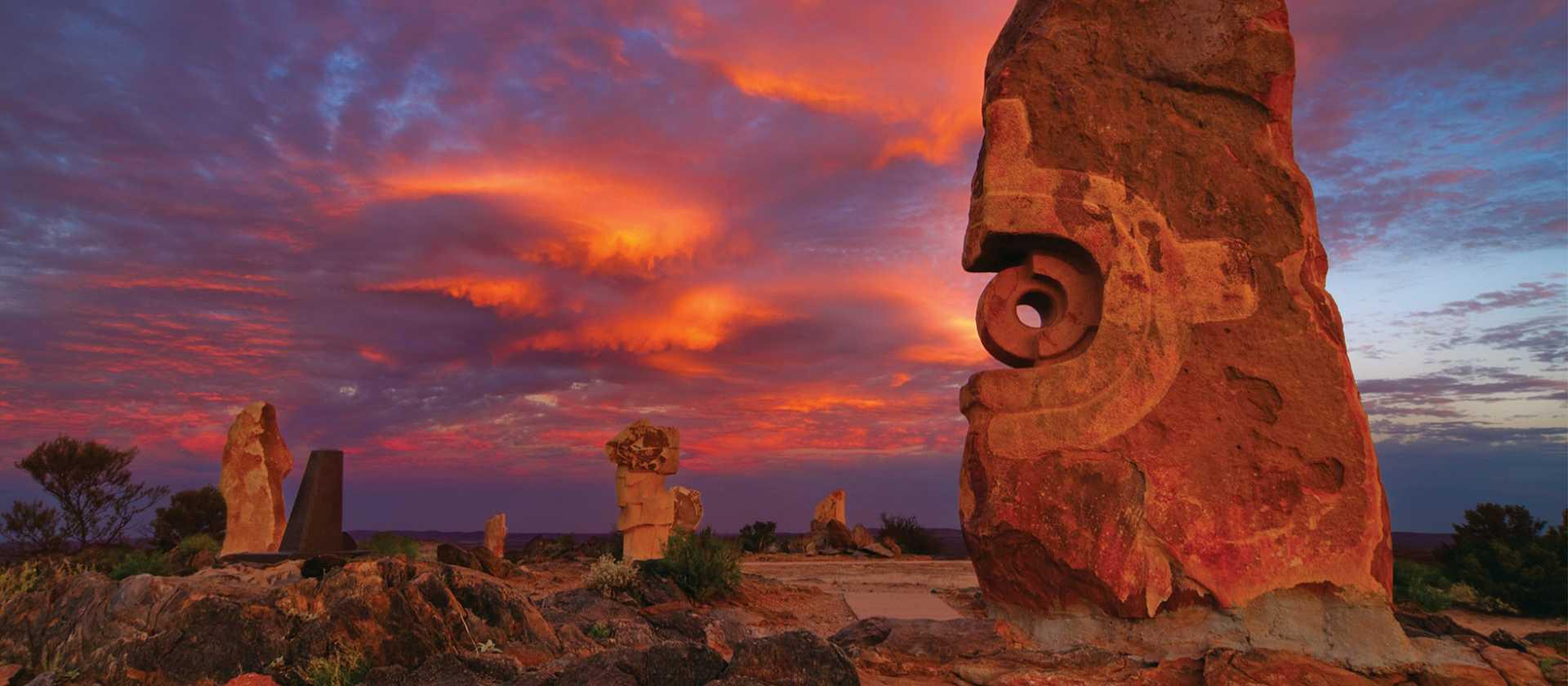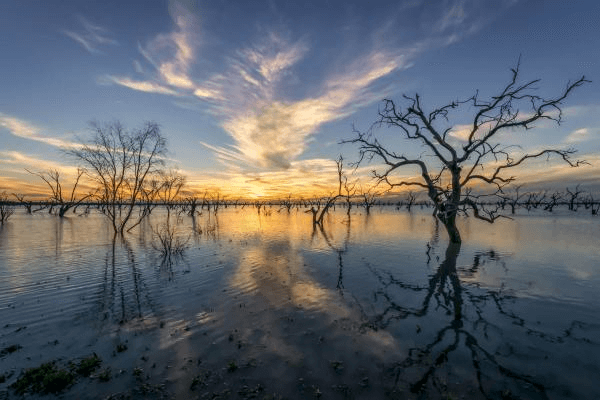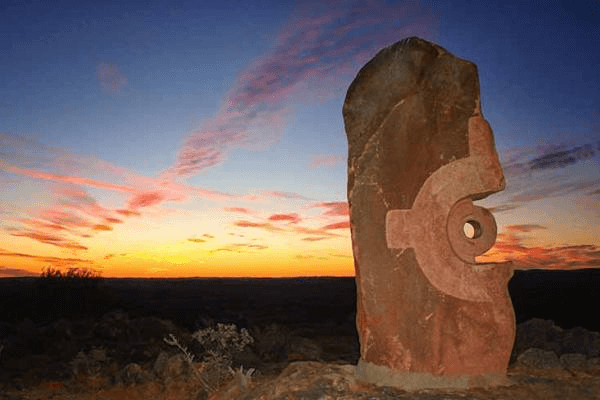MUNGO NATIONAL PARK (six hours drive)
This extraordinary place is of great signifi cance to the Ngiyampaa, Mutthi Mutthi and southern Paakantji people, a connection that reaches back more than 40,000 years. Mungo National Park has the oldest recorded cremation in the world. A famous feature of the park is the dramatically sculpted clay and sand formations known as the Walls of China that stretch for about 30km. Evidence of early human habitation is everywhere in and around this moonscape; ancient fi replaces, stone tools and other artefacts. These contrast with unfamiliar fossils of preserved mega-fauna and prehistoric plant life. Long after the mega fauna came mega flocks of sheep on historic Gol Gol Station, now preserved as part of the park.
The Walls walk is accessible by guided tours, while the boardwalk is available to all, along with the loop drive, Zanci Woolshed and pastoral loop drive and other walks to enjoy at leisure.
A thriving kangaroo and emu population also make Mungo the perfect place to see Australia’s coat of arms up close. There is the amazing sight and sound of hundreds of pink cockatoos and diverse bird species taking turns drinking from ground tanks. Standing out from the crowd is the Mallee ring-neck parrot with its vivid green and gold plumage.
Adjacent to Mungo Visitor Centre is Mungo Woolshed. Built in 1869, it stands a striking reminder of the pastoral history of this dramatic landscape. Step inside the shady cool and marvel at the ingenious drop-log construction made from local cypress pine. At its peak, this shed was a hive of activity, with 18 men hand shearing over 50,000 sheep. Erosion caused by sheep, rabbits and tree felling not only reduced the capacity for farming, it revealed the long-held secrets of the ancient lakebed. Mungo lies at the heart of the Willandra Lakes World Heritage Area, added to the World Heritage list in 1981.











